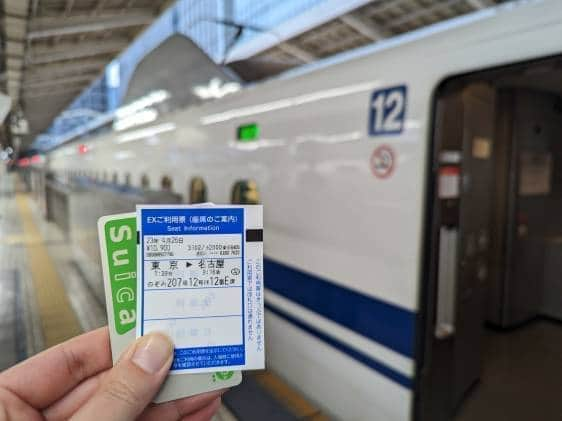They say that you can find a Chinatown in virtually any country. The Chinese being the largest foreign minority in Japan, and China and Japan having a history that goes a long way back, it’s unsurprising that there are a number of Chinatowns in Japan (all of which are in port cities—Yokohama, Nagasaki, and Kobe), Yokohama Chinatown being Japan’s (and Asia’s) largest. Only about an hour (at most) away from central Tokyo, this Chinatown has about 3,000-4,000 residents, most of which are not newly arrived immigrants but their descendants, so not all of them can speak Chinese.
Getting There
The closest station to Yokohama Chinatown is Motomachi-Chukagai (which stands for “original town – Chinatown”) on the Minatomirai Line. The Fukutoshin Line and Tokyu Toyoko Line are connected to it, so you can easily take a train to Chinatown from Ikebukuro or Shibuya. Ishikawacho Station on the Keihin-Tohoku Line is also a short walk away from Chinatown (train rides are just under 700 yen one-way). Chinatown has 4 main gates, each painted with a different color and representing a different season, and 6 smaller gates. The East Gate, Choyo-mon, is closest to Motomachi-Chukagai Station, while the West Gate, Enpei-mon, is closer to Ishikawacho.
Things to Do and See

Expect a lot of sumptuous dishes here! Everywhere you go, you’ll see Chinese restaurants, some seemingly trying to outdo each other with their ornate fixtures. Most restaurants have an all-you-can-eat course, and for anywhere between 1,500-4,000 yen, you can order all the dishes you want. While some impose a time limit (usually 90 minutes), some restaurants don’t. On the menu are plenty of hearty dishes: various types of dim sum, meat dishes, vegetables, fish, soups—you name it, they probably have it! Many also offer Peking duck as part of the course, but frankly, the strips of Peking duck tend to be so tiny that it hardly feels like you’re eating Peking duck. Still, you get what you pay for, and you’ll probably be too full from everything else to care too much, anyway. But if you really want a generous portion of some juicy Peking duck, some restaurants have it, but be prepared to pay up.
If you can save some of your appetite to try the snacks and street food, go for it. (Alternatively, skip the all-you-can-eat course and go from one shop or stall to another, trying different things.) The smell of the food wafts through the streets, making the food too tempting to pass up. With large nikuman (meat buns), shumai (pork dumplings), shouronbou (the Japanese term for xiaolongbao, steamed buns with soup inside), tea, fried sesame balls, egg tarts, and more, Chinatown has so much food to offer that you’ll probably want to try everything!

Food aside, Chinatown is, naturally, a good place to shop if you want something Chinese-related: traditional clothing like the qipao, charms, lanterns, incense, medicine, spices and seasonings, panda memorabilia, jewelry, and more. Some shops also have fruits that are less commonly found in Japan. Just try not to get lost wandering around Chinatown, as the streets and alleys are winding and numerous, and you might have trouble distinguishing one area from another!

This Chinatown also has 2 temples: Kanteibyo and Masobyo. Kanteibyo (or Guan Di Miao in Chinese) is dedicated to Guan Yu, a famous historical figure from China’s Three Kingdoms Period who became worshipped as Guan Di, a god of war and justice. Masobyo (or Ma Zu Miao in Chinese) is for devotees of Mazu, the goddess of the sea. Both are very elaborately designed and imposing temples, with beautiful and intricate patterns all over. There’s also a small park called Yamashita Park behind Masobyo, and it’s not uncommon to see people gathering or exercising there.
Festivals
Chinatown’s biggest celebration is the Lunar New Year, which takes place in January or February. You’ll see a lot of lion dances, loud merrymaking, firecrackers, martial arts and acrobatic performances, traditional Chinese music, and so on not only on the day itself, but also in the days shortly before and after it. A month later, the residents of Chinatown mark the end of the New Year festivities by holding the Lantern Festival, which involves a lot of lanterns being laid out in front of Masobyo, the lanterns representing guiding lights for lost souls and wishes for the year ahead. They don’t release floating lanterns into the air, but the lanterns are still quite beautiful to see. The Mid-Autumn Festival in September is not as big a deal as it is in China, but you’re likely to see large mooncakes being sold in celebration of the occasion.


































